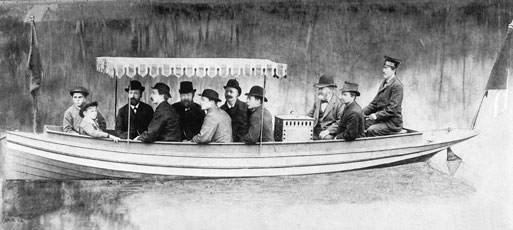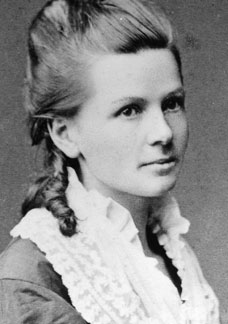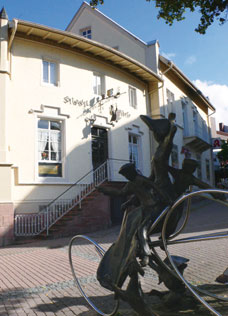On the land, in the water
and in the air
Persistent and imaginative
Even in those days, the Swabians were characterised by a marked degree of entrepreneurship and inventive spirit. Not to mention a long tradition in precision engineering. Backed by local and public funding, the furnishing of educational and research facilities, this culminated as early as the 19th century in an efficient capital goods industry.
Even today, no region in Germany files as many patents. Aside from Gottlieb Daimler and Carl Benz, there were many inventors who promoted the automobile in its triumphal procession.
Not just cars
In 1886 Robert Bosch invented the world’s first spark plug. In 1905 Julius Behr founded a company manufacturing radiators; Mahle began with the 
development of lightweight metal 
pistons for engines in 1920. Ferdinand Porsche founded his engineering office 
in Stuttgart in 1931. Many of the products without which a car is scarcely conceivable nowadays, like the non-deforming passenger compartment, ABS, Tiptronic, distance controller or Tempomat, were all invented in Stuttgart.
The inventors of the automobile
Gottlieb Daimler (1834–1900) and Carl Friedrich Benz (1844–1929) were united by a shared passion and enthusiasm for building the first self-propelled vehicle. 
Daimler and Benz knew nothing of one another and worked towards the same goal independently. Daimler was awarded a patent in 1883 for a small powerful engine and in 1886 Benz a patent for the three-wheeled “driving machine”.
Berta Benz, née Ringer, supported her husband’s business success very actively. Unbeknown to him, in 1888 she drove with her sons Eugen (15) and Richard (14) in the vehicle to Pforzheim to her mother and back again. This was the first long-distance journey to be made by a petrol-fuelled automobile.

In 1886 the first Daimler motor boat proved its worth in the course of many trips on the Neckar near Cannstatt. Sitting in front of the helmsman: Gottlieb Daimler and Wilhelm Maybach.







 download .pdf
(117 KB)
download .pdf
(117 KB)